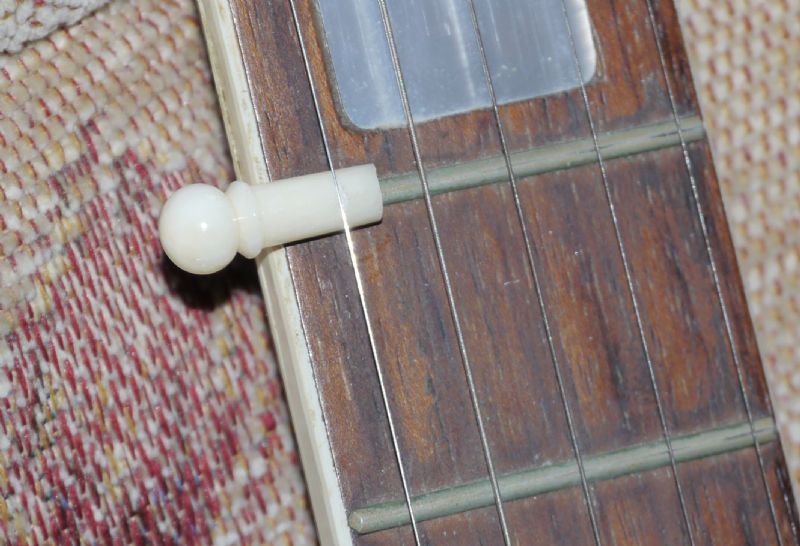

More likely, however, you will need to make a small adjustment or two. If you’re lucky, you’ll still be in tune. After you have the capo in place, get out your tuner and see where the strings ended up. I recommend placing the capo close up against the fret and tightening just enough for the strings to sound clearly.Ī good way to attach the capo is to push the capo bar against the strings straight on (being careful not to push or bend the strings) and hold it there with your right thumb while you tighten the screw with the left hand. This is important because tightening the capo too much will cause the strings to go sharp, and, of course, not enough pressure will cause the strings not to ring fully. The type of capos that are used today are the ones that allow you to adjust the tightness of the capo against the strings. They were a pain and could really pull the strings out of tune if you weren’t careful. I began playing in the days of the “Bill Russell Double Action” capo that used stretched elastic. Next are some tips on types of capos and tuning when using a capo. Using the capo will create tuning havoc if you let it. I played electric guitar in a band for awhile and I tuned once or twice a night. I will admit I wish I never had to use one. However, capoing to the 2nd fret and playing as if you were in the key of D (in G tuning) can sometimes produce the sound you want.Īgain, producing the sound you want should be the priority and a determining factor in capo use, not ego on how smart you are for not using one. When playing in the key of E, I normally don’t use a capo but tune my fifth string to high B or F#.

When playing songs in the keys of G, C, D, or F at any tempo, I recommend playing out of open G.

In other types of songs in these keys, it could be appropriate and preferable not to use a capo, depending on the sound or feel you desire, but, generally speaking, in bluegrass you would use one. When playing up-tempo traditional style bluegrass in the keys of A, Bb, and B, I recommend using a capo. Let me cut to it and give you some practical advice for when and when not to use a capo, along with some practical advice on studying their use and playing in other keys. This holds true for the right reason “it sounds better” and even supersedes having the technical knowledge and ability to play every note of a song in Bb, for instance, without a capo. That is why, in many instances for the best sound for bluegrass songs in keys other than G, it is best to use a capo. In most cases, the more open strings we have to work with the better. One of the things we should consider when determining whether to use a capo or not is open strings. Playing in C without a capo, I think, is a preferable technique in most cases as well. I recommend playing in the key of D without a capo, it has a great tone and many uses. I do not recommend using the capo above the fifth fret because it’s like cutting the neck in half. For those of you who are new to this, I made a little chart to help you at the bottom of the page. By using the capo, we are able to play everything we know in open G tuning by simply placing the capo on another fret, we change the key. In fact, in bluegrass banjo playing, many times it is proper. The banjo or guitar capo is sometimes called a “cheater.” In a sense it is, but it doesn’t make you a poor musician to use it.


 0 kommentar(er)
0 kommentar(er)
